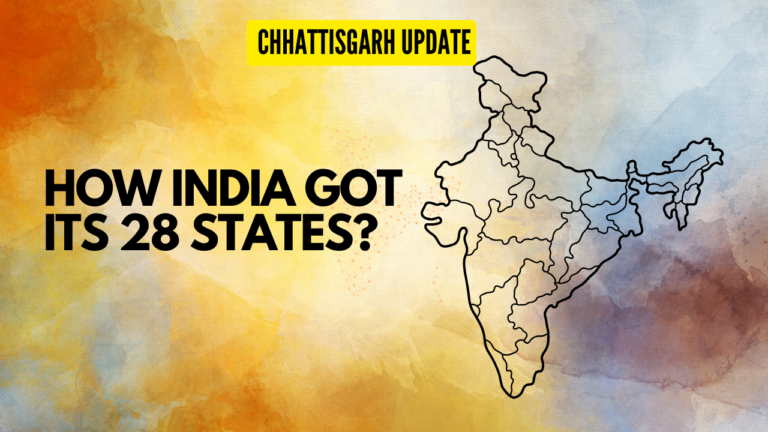Introduction
India is blessed with natural wonders, and one such marvel is the breathtaking Chitrakote Waterfall, often referred to as “India’s Niagara.” Located in the Bastar district of Chhattisgarh, this majestic waterfall captivates visitors with its sheer beauty and grandeur. In this article, we will explore the enchanting Chitrakote Waterfall, delving into its history, geographical significance, and the reasons why it has earned the moniker “India’s Niagara.”
Chitrakote Waterfall is situated on the Indravati River, which originates from the Eastern Ghats. Spanning a width of approximately 300 meters and cascading down from a height of around 29 meters, the waterfall is a stunning spectacle to behold. The water gushes down with such force that it creates a fine mist, producing a visual treat for onlookers.
The name “Chitrakote” finds its roots in ancient folklore. According to local legends, this waterfall holds significant mythological importance. It is believed to be the place where Lord Rama, the revered hero of the Ramayana, along with his wife Sita and brother Lakshmana, spent their exile years during their journey to the Dandakaranya forest.
Over the years, Chitrakote Waterfall has attracted countless artists, writers, and poets, inspiring them with its ethereal beauty. Several ancient scriptures and texts mention this natural wonder, adding to its historical significance.
Visitors to Chitrakote Waterfall are greeted with awe-inspiring vistas. The lush greenery surrounding the waterfall provides a picturesque backdrop that adds to its allure. The best time to witness the waterfall in its full glory is during the monsoon season when the river brims with water, creating a majestic display of cascading water.
The state government and local authorities have taken considerable measures to preserve the natural beauty and ecological balance of the region. Tourists can also enjoy boat rides near the waterfall, getting up close to witness the might of the cascading water.
In recent years, Chitrakote Waterfall has emerged as an ecotourism hotspot. Tourists from across the country and the world flock to witness the mesmerizing beauty of this natural wonder. The government has developed eco-friendly accommodations, ensuring that visitors can enjoy the splendor of the waterfall without harming the delicate ecosystem.
Chitrakote Waterfall is not only a natural wonder but also a reflection of the vibrant local culture. The tribal communities residing in the region have a deep connection with the waterfall, considering it sacred and an integral part of their heritage. Tourists can witness the rich tribal traditions, art, and handicrafts, adding a unique cultural experience to their visit.
Conservation efforts for Chitrakote Waterfall are of utmost importance to maintain its ecological balance. The authorities have taken steps to protect the wildlife and biodiversity of the surrounding forests, making it an eco-sensitive zone. Tourists are urged to follow responsible tourism practices, ensuring that they leave behind no trace of their visit and respect the local culture and environment.
Chitrakote Waterfall stands as a testimony to India’s diverse natural beauty and cultural heritage. Its breathtaking vistas, coupled with the spiritual and cultural significance, make it a must-visit destination for travelers seeking solace in nature’s embrace. Preserving this natural wonder for future generations is a shared responsibility, and every visitor must be a conscious traveler to ensure its sustainability.
Question 1. Is there an entry fee to visit Chitrakote Waterfall?
Question 2. Can I visit Chitrakote Waterfall throughout the year?
Question 3. Are there any accommodation options near Chitrakote Waterfall?
Question 4. Are there any safety measures in place for tourists? Yes, there are safety barriers and guidelines to ensure the safety of visitors. It is advised to follow these guidelines strictly.
Question 5. Are photography and videography allowed near the waterfall?



